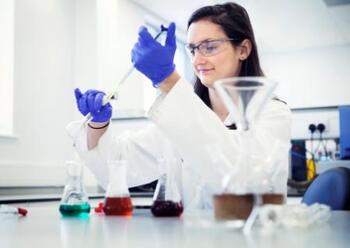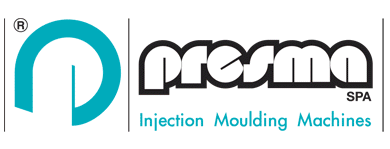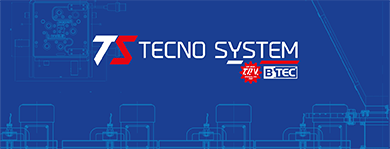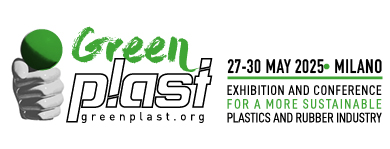Subsea drilling: no more voltage drops

In order develop the new Diamould high efficiency connector line, OneSubsea chose Victrex PEEK as the construction material. This engineering polymer offers ideal properties for the subsea drilling applications which require such components, allowing them to withstand the high temperatures generated in wells and the high pressures in the deep sea.
Thanks to an excellent insulation index and long-term reliability, it is possible to carry out connection cycles in wet and dry environments without compromising the operational integrity and work at sea depths of up to 3,000 meters. When OneSubsea began to develop its new connectors for wet and dry applications, the main design requirements provided for the insulating material had already been defined: electrical integrity, excellent chemical resistance and high mechanical properties even at high pressure conditions and in deep waters.
These connectors are resistant to the typical fluids used in the oil and gas industry, including sea salts, mineral and silicone-based oils, as well as hydraulic fluids. They are also extremely resistant to hydrogen sulphide and all the acids and gases that are present in wells. The first three test series performed by Victrex showed that PEEK grants performances well beyond the requirements of the Norsok M-710 standards, the most important specifications for the oil and gas sector. The electrical integrity is a fundamental design requirement and different solutions developed by Victrex showed how to eliminate voltage drops that can result in expensive downtime and the loss of key data.
“PEEK is overmoulded around the connector pins, thus ensuring excellent insulation and long-term reliability," Gareth Eccles of OneSubsea explains. "The purity and the strength of this thermoplastic material made it possible to design thin-wall sections, as a result obtaining compact connectors that are able to grant high performance even in small spaces," Eccles says. The relatively easy processing of PEEK also provides several benefits in terms of productivity, thanks to the optimisation of the moulding equipment and process.




















